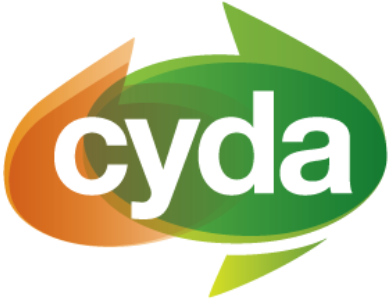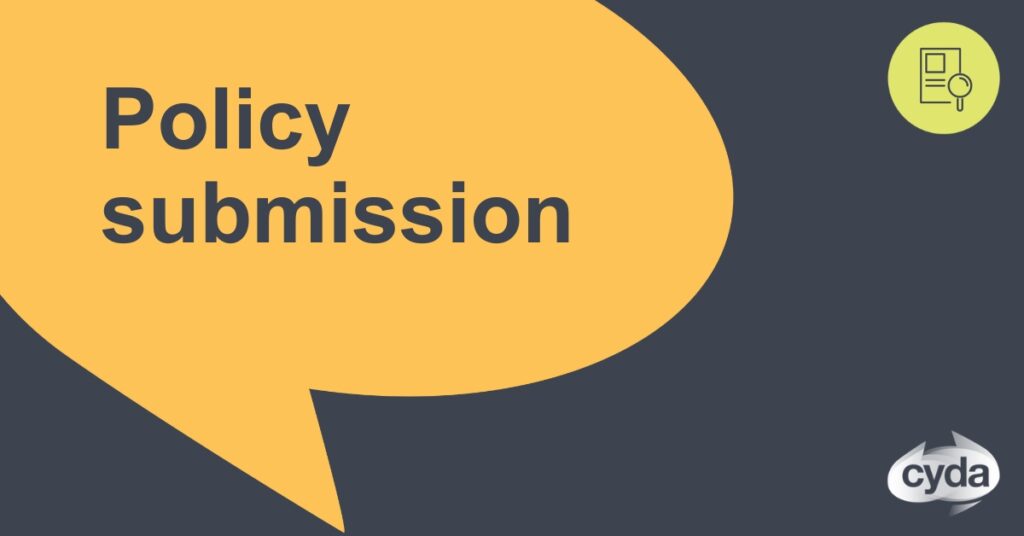Children with Disability Australia welcomes the opportunity to provide a submission to the Senate Select Committee on School Funding for its inquiry and report on the development and implementation of national school funding arrangements and school reform.
The public interest in education remains a national priority, up there with health and the nation’s finances. However, at the centre of this mammoth area of reform are some of Australia’s most vulnerable and at risk groups of citizens – children with disability.
At Children with Disability Australia we hear daily of shameful education experiences of students with disability. It is extremely hard to convey the breadth of disadvantage students with disability must contend with in the current education system in Australia. A typical school experience for students with disability involves limited choice of school, discrimination, bullying, limited or no funding for support and resources, inadequately trained staff and a culture of low expectations.







